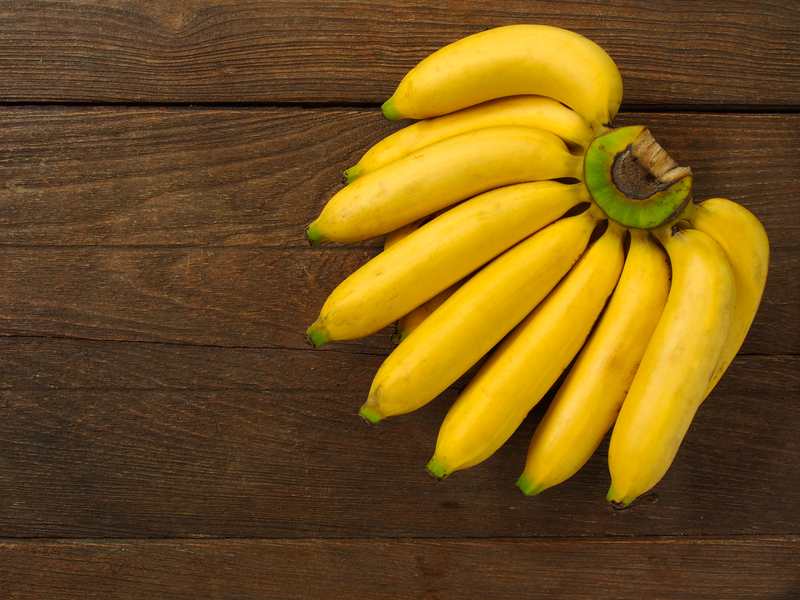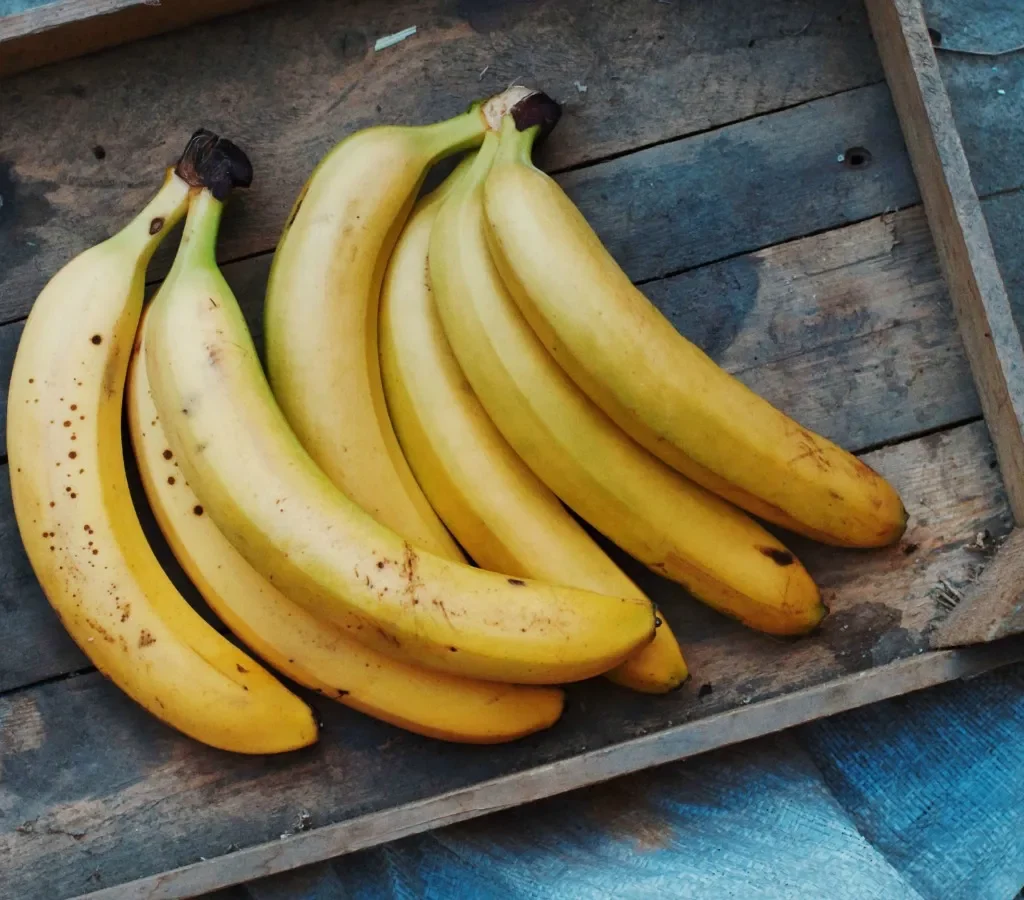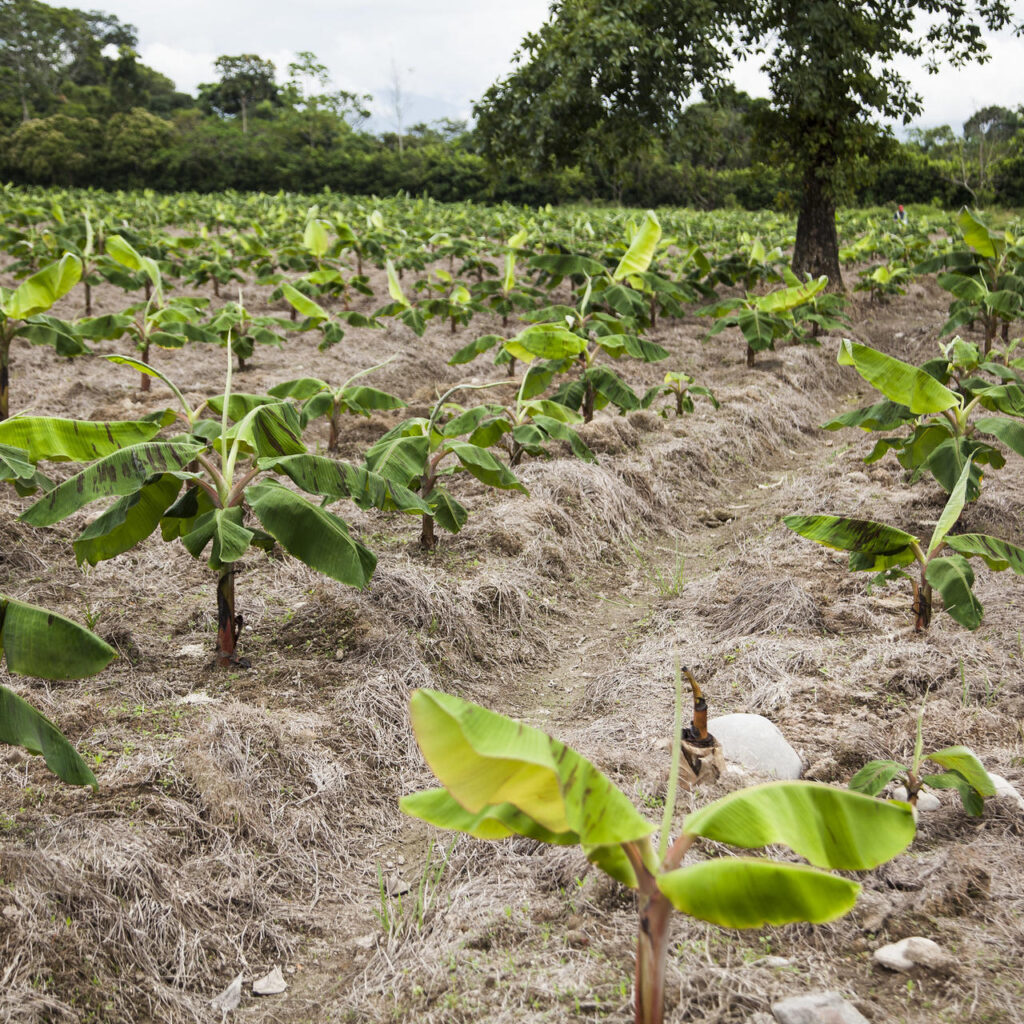Bananas are one of the most widely consumed and economically significant fruits in the world. Known for their creamy texture, natural sweetness, and impressive nutritional value, bananas have become a staple food and export commodity in many countries. But which nation leads the world in banana production? In this comprehensive article, we’ll explore the global banana industry, identify the top-producing country, and uncover the factors behind its dominance.
A Brief Overview of Global Banana Production

Bananas belong to the genus Musa and are native to Southeast Asia. Today, they’re cultivated in over 130 countries, primarily in tropical and subtropical regions where warm temperatures and abundant rainfall create ideal growing conditions. There are two major types of bananas:
- Dessert bananas: Sweet varieties eaten fresh.
- Cooking bananas or plantains: Starchy varieties used in cooking.
Bananas are not only a dietary staple but also a vital source of income for millions of farmers and a key commodity in international trade.
Which Country Is the Largest Banana Producer Globally?

India is the largest banana producer in the world.
India accounts for a significant share of global banana production, surpassing other tropical nations by a wide margin. The country produces both dessert bananas and plantains, consumed domestically and exported to various international markets.
Banana Production Statistics: India vs. the World
| Rank | Country | Annual Production (Metric Tons) |
|---|---|---|
| 1 | India | 31.5 million |
| 2 | China | 12.1 million |
| 3 | Indonesia | 7.2 million |
| 4 | Brazil | 6.9 million |
| 5 | Philippines | 6.5 million |
| 6 | Ecuador | 6.5 million |
| 7 | Angola | 4.5 million |
| 8 | Tanzania | 3.9 million |
| 9 | Guatemala | 3.7 million |
| 10 | Colombia | 3.5 million |
Source: FAO (Food and Agriculture Organization) 2024 report
Why Is India the World’s Leading Banana Producer?

Several factors contribute to India’s dominance in banana production:
1. Ideal Climatic Conditions
Bananas require a warm, humid environment with temperatures ranging between 26°C and 30°C, and India’s tropical to subtropical climate provides exactly that. The country’s southern, western, and northeastern regions offer abundant rainfall and fertile, well-drained soils ideal for banana cultivation.
Major banana-growing states in India include:
- Maharashtra
- Tamil Nadu
- Gujarat
- Andhra Pradesh
- Karnataka
- Bihar
- Kerala
2. Year-Round Production
Thanks to diverse climatic zones, India can produce bananas throughout the year. Unlike some countries with a single harvest season, Indian farmers can grow and harvest bananas continuously, ensuring consistent supply to markets and export destinations.
3. Wide Range of Varieties
India cultivates an impressive variety of bananas to cater to different regional tastes and market demands.
Popular varieties include:
- Robusta: Large, firm, and sweet; popular in southern India.
- Dwarf Cavendish: Common dessert banana grown nationwide.
- Rasthali: Aromatic and sweet, grown in Tamil Nadu and Kerala.
- Poovan: Medium-sized with a distinct flavor.
- Nendran: Starchy, used for chips and traditional sweets.
- Red Banana: Sweet and nutritious, popular in southern India.
This diversity contributes to India’s high production volume and local market resilience.
4. Government Support and Agricultural Research

India’s government actively promotes banana farming through subsidies, research initiatives, and horticulture missions. Institutes like the National Research Centre for Banana (NRCB) in Tamil Nadu work on developing disease-resistant, high-yielding varieties and improved farming practices.
5. Cultural and Culinary Importance
In India, bananas hold religious, medicinal, and culinary significance. Used in temple offerings, Ayurvedic remedies, and traditional dishes, bananas are an integral part of the Indian diet. This consistent domestic demand further drives large-scale cultivation.
Global Export Scenario: Why India’s Not the Top Exporter

Interestingly, although India leads in production, it’s not the largest banana exporter. That title belongs to Ecuador, which dominates global banana exports alongside the Philippines, Guatemala, and Colombia.
Reasons India lags in exports:
- High domestic consumption: A large percentage of India’s bananas are consumed locally.
- Perishability: Bananas are highly perishable, making long-distance exports challenging.
- Export logistics: Inadequate cold chain infrastructure for bulk export shipping.
- Variety preferences: Indian banana varieties differ from those preferred in international markets like the Cavendish cultivar.
Top Banana Exporting Countries (2024)
| Rank | Country | Annual Exports (Metric Tons) |
|---|---|---|
| 1 | Ecuador | 6.5 million |
| 2 | Philippines | 4.0 million |
| 3 | Guatemala | 2.7 million |
| 4 | Colombia | 2.2 million |
| 5 | Costa Rica | 1.9 million |
Nutritional Value of Bananas
Bananas are not only delicious but also highly nutritious:
- Rich in potassium: Helps regulate blood pressure.
- Vitamin C and B6: Support immunity and brain health.
- Dietary fiber: Promotes digestion.
- Natural energy boost: Ideal pre- and post-workout snack.
Challenges Facing Global Banana Production
Despite their popularity, bananas face significant challenges:
- Panama Disease (Fusarium Wilt TR4): A soil-borne fungal disease threatening banana plantations worldwide, particularly the Cavendish variety.
- Climate change: Extreme weather patterns impact banana yields and quality.
- Post-harvest losses: Due to the fruit’s perishable nature and inadequate cold storage.
- Market price volatility: Affects smallholder farmers in developing countries.
Research on disease-resistant, climate-resilient banana varieties is ongoing to secure the future of global banana cultivation.
Future of Banana Production
With rising global demand for tropical fruits and plant-based diets, banana production is expected to grow steadily. Countries like India are investing in export infrastructure and disease-resistant cultivars to tap into international markets.
Trends to watch:
- Organic and pesticide-free banana farming.
- Banana-based value-added products: banana chips, flour, puree.
- Export of unique, regional varieties.
- Improved cold chain logistics for export viability.
Conclusion
In summary, India proudly holds the title of the world’s largest banana producer, thanks to its favorable climate, year-round cultivation, diverse varieties, and deep-rooted cultural significance. While countries like Ecuador lead in global exports, India’s banana industry remains vital to its agriculture, economy, and food culture.
Bananas continue to be a cornerstone crop, feeding millions daily and offering significant nutritional and economic benefits. As production technology advances and international demand rises, India is poised to further strengthen its position as a global banana powerhouse.




Leave A Comment